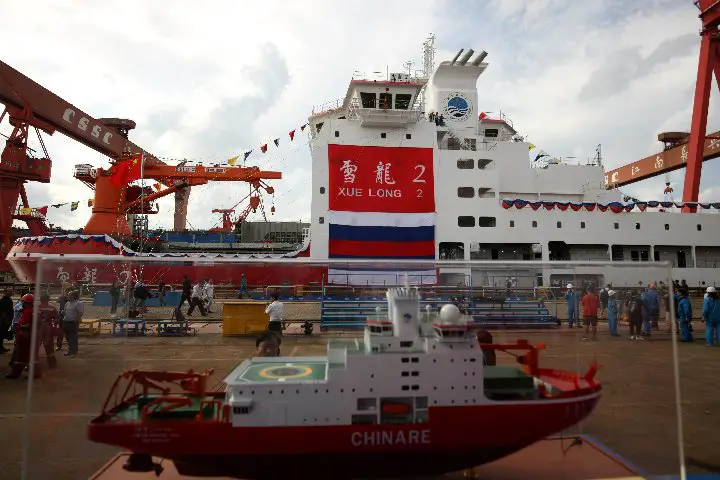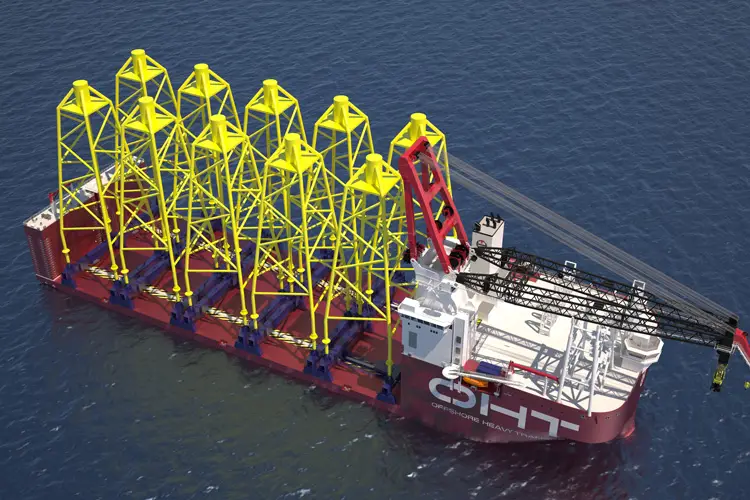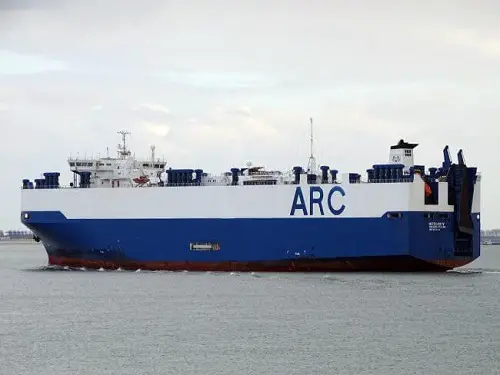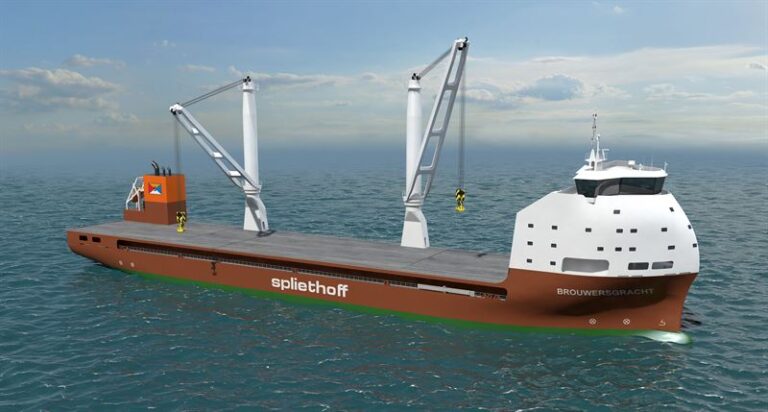Viking Glory To Be One Of The World’s Most Climate-Smart Passenger Ships
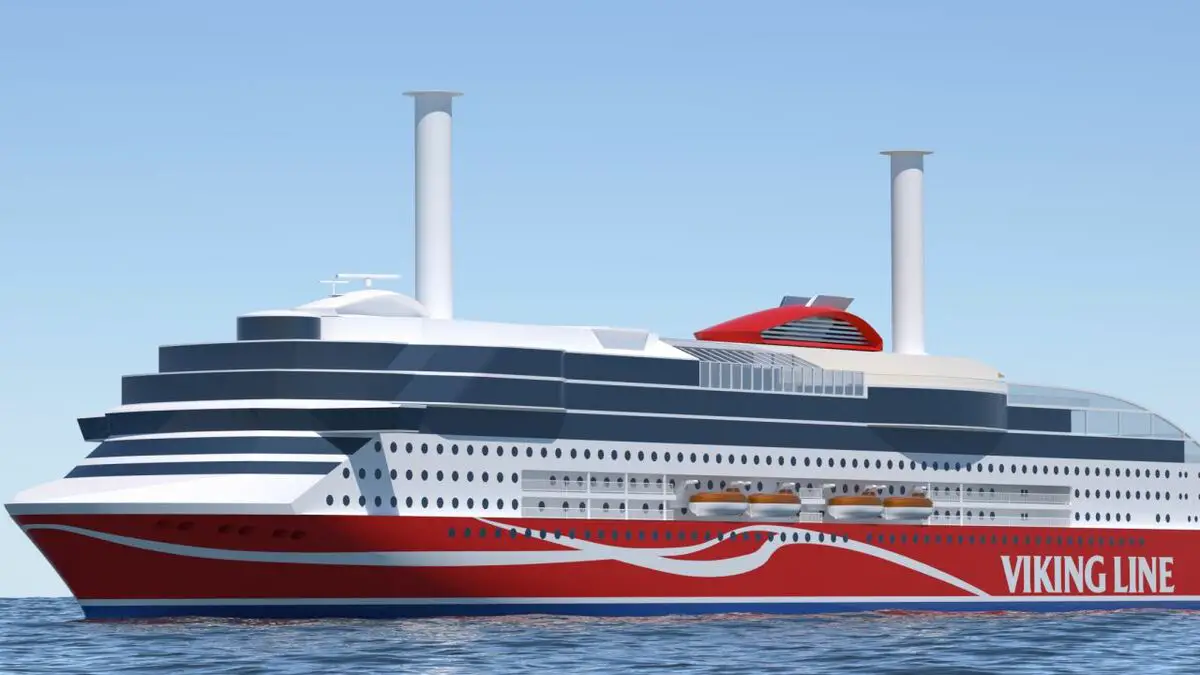
M/S Viking Glory with its advanced solutions and technical innovations will become the world’s most climate smart passenger ships. 10% less fuel will be consumed by the ship than the M/S Viking Grace that is smaller and was called the most eco friendly vessel of that time.
Viking Glory will be the first ship that will have Warsila 31DF dual fuel engines that can use the latest technology and can run on totally sulphur free liquefied natural gas. It will be launched in 2021.
Viking Glory like the Viking Grace will be able to run on biogas after it is a fuel that can be used as an alternative in the future.
“Viking Glory will have six 31DF engines for efficient optimisation of fuel consumption. These engines have the lowest fuel consumption, but at the same time, the highest cylinder output in their segment (550 kW/cylinder),” explains Project Manager Kari Granberg, who is in charge of the new construction at Viking Line.
Viking Glory will be the world’s first to recover the waste cold from LNG usage and then recycle it for the use in cold counters, cold rooms and other special rooms.
“Today, recovery of waste heat is already common, but to recycle waste cold for the purposes of refrigeration appliances and cold rooms is an innovative and highly climate-smart solution. Viking Line has carried out development work in collaboration with Wärtsilä, Projektia and Deltamarin,” Granberg continues.
Viking Glory will also have a Climeon energy recycling system that can harness and convert the waste heat into electricity from the engines. 40% of the electricity that is required by the passenger functions can be generated from the system. The dynamic air conditioning and the lighting system that will be installed onboard will have a direct impact on the consumption of energy. It will be controlled by the booking system.
The Azipod propulsion unit that is developed by ABB is used in a passenger ship for the first time which helps in saving time and energy by means of ship manoeuvring: this system thus helps in making turns in the ports faster and a hull design that provides 8% less water resistance that a traditional propeller system.
“Viking Line endeavours to be a forerunner of responsible navigation, and this goal is reflected in the design and construction of our new ships. Those technological innovations we are now testing and developing jointly with our Nordic partners constitute the foundation for the novel cruise experiences through the archipelago,” says Gustaf Eklund, who is Head of Development at Viking Line and in charge of developing the concept for the new ship.
Reference: cision

